5 Foods You’ll Never Eat Again After You Know The Ingredients
Some of the most popular foods on grocery store shelves and restaurant menus contain shocking ingredients that most people would never knowingly consume. Once you learn what’s really in these common items, you might think twice before taking another bite.
1. Hot Dogs – Mystery Meat and More

Hot dogs are a go-to comfort food, especially at barbecues and ball games. But behind their juicy bite lies a mix of questionable ingredients like:
- Mechanically separated meat
- Sodium nitrate (linked to cancer risks)
- “Flavorings” (which can legally include animal by-products and artificial chemicals)
- Even ammonia-treated scraps in cheaper varieties
👉 Once you know that hot dogs can contain parts of animals you’d never imagine eating, they lose their appeal quickly.
2. Jelly Beans – Coated in Bug Secretions
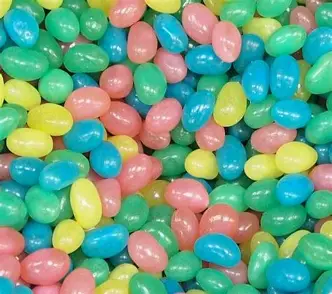
That shiny finish on jelly beans and other candies? It often comes from shellac, which is made from the secretions of the lac bug found in Thailand and India.
- Shellac is labeled as “confectioner’s glaze”
- It’s considered safe — but if you’re not into eating bug resin, this is a deal breaker
🍬 Next time you grab a glossy candy, think of the insect behind the sparkle.
3. Chewing Gum – Made with Plastic
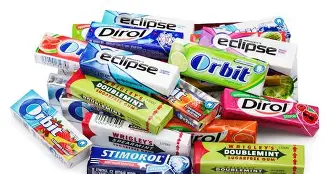
That chewy texture in gum is thanks to a synthetic rubber base, which may include polyvinyl acetate and polyethylene, common in plastic glue and pipes.
- Gum used to be made from natural chicle (tree sap), but most brands now use industrial substitutes
- Some gums also contain titanium dioxide, used in paint and sunscreen
😬 You might be literally chewing plastic.
4. Processed Cheese – It’s Barely Cheese
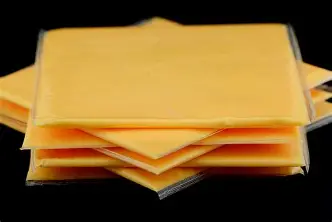
Those melty orange slices? They often contain:
- Less than 51% actual cheese
- Modified milk ingredients
- Emulsifiers, food dyes, and preservatives
- High levels of sodium and saturated fats
🧀 What you’re eating is more “cheese product” than actual cheese.
5. Vanilla Ice Cream – Sometimes Has Beaver Secretions
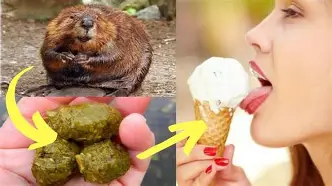
Yes, you read that right. Some vanilla and raspberry flavorings (especially in cheaper brands) have used castoreum, a substance from beaver anal glands.
- Used as a “natural flavor” in perfumes and food
- The FDA allows it under that vague label
🍦 Luckily, most brands have phased it out, but it’s still technically legal.
Final Thoughts
Not all food labels tell the full story. Knowing the hidden ingredients can make even the most tempting foods seem disgusting. Always read labels — and when in doubt, go for whole, unprocessed foods. Your health and your stomach will thank you.
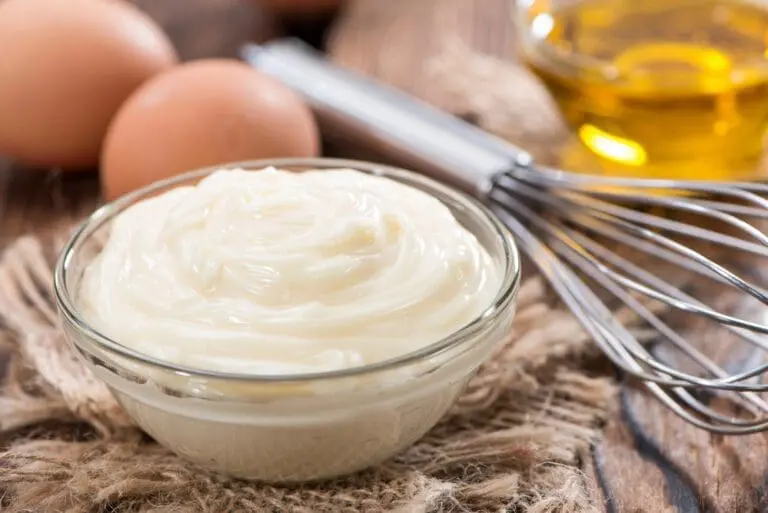

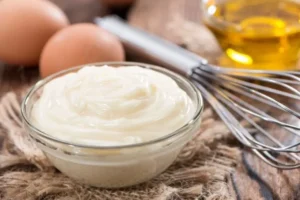



Post Comment